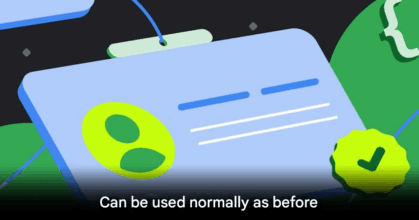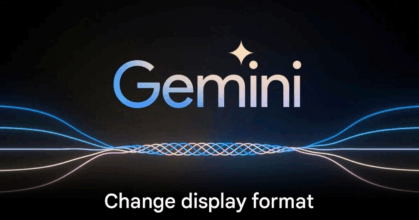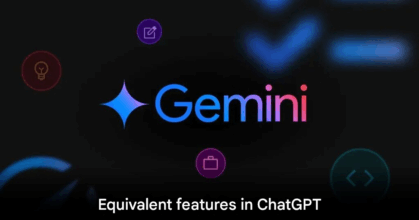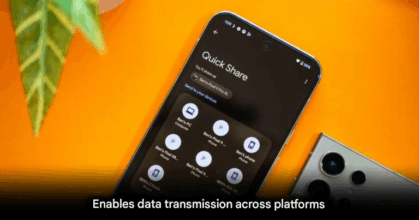Google Translate’s New AI-Powered Features: Real-Time Conversations and Personalized Language Learning
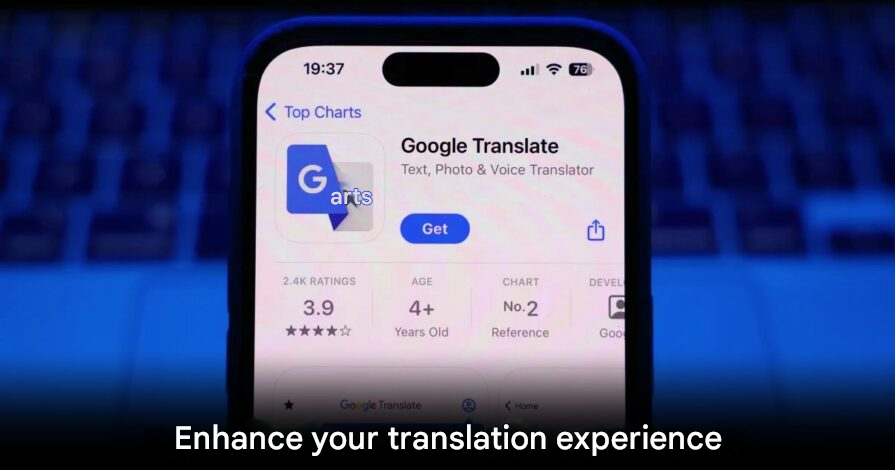
Enhancing Communication and Learning with Google’s Latest Innovations
Google has introduced two groundbreaking features in its Translate app, leveraging advanced AI technology to revolutionize language translation and learning experiences. These enhancements aim to provide users with more natural communication and personalized language practice.
The first feature is an AI-driven real-time translation system that enables seamless two-way conversations. Utilizing Google’s Gemini models for speech recognition, this feature allows users to speak naturally while the app translates and displays text on the screen. It supports over 70 languages, including Arabic, French, Hindi, Korean, Spanish, and Tamil. The system automatically detects and switches between languages, adapting to pauses, accents, and intonations, even in noisy environments like airports or cafes.
The second feature is a personalized language learning mode that offers tailored listening and speaking exercises. Users can set their proficiency level and learning goals, and the app generates scenarios to practice real-life conversations. Exercises include listening comprehension, where users identify recognized words, and speaking practice, with hints provided as needed. This mode tracks progress and focuses on building communication skills, similar to platforms like Duolingo but with more customization.
Final Thought
These new features from Google Translate represent a significant leap forward in bridging language barriers. By combining real-time translation with personalized learning, Google is not only enhancing communication but also making language acquisition more accessible and effective. As the world becomes increasingly interconnected, tools like these are essential in fostering understanding and collaboration across cultures.

